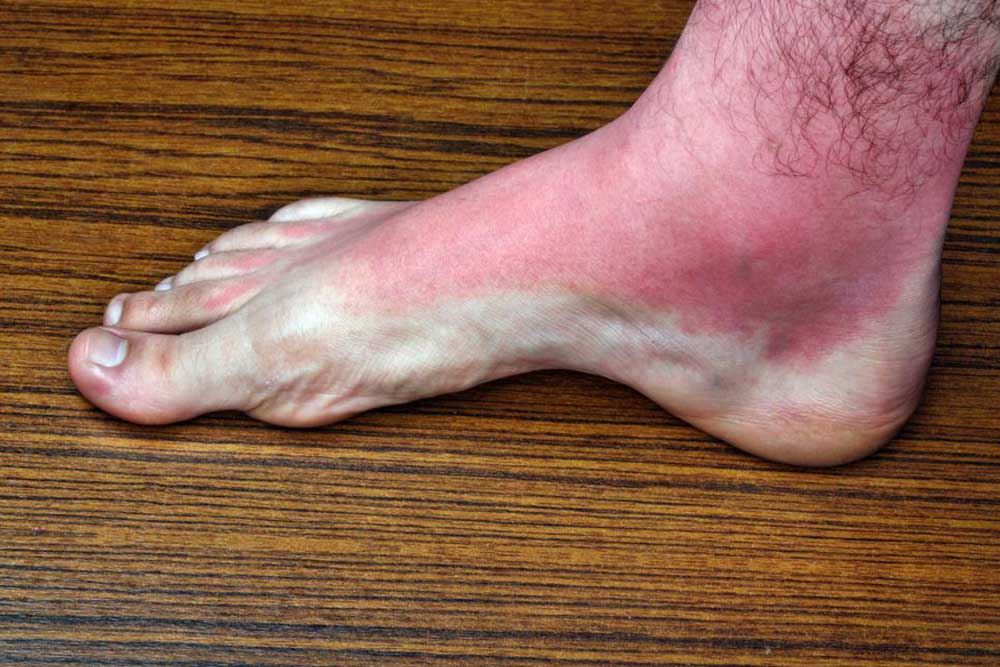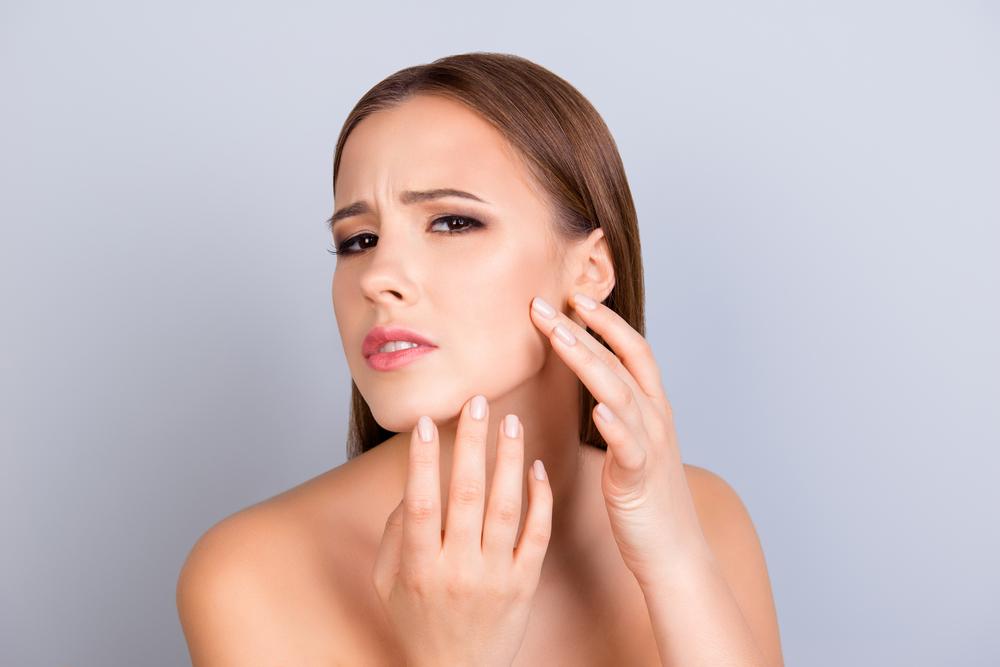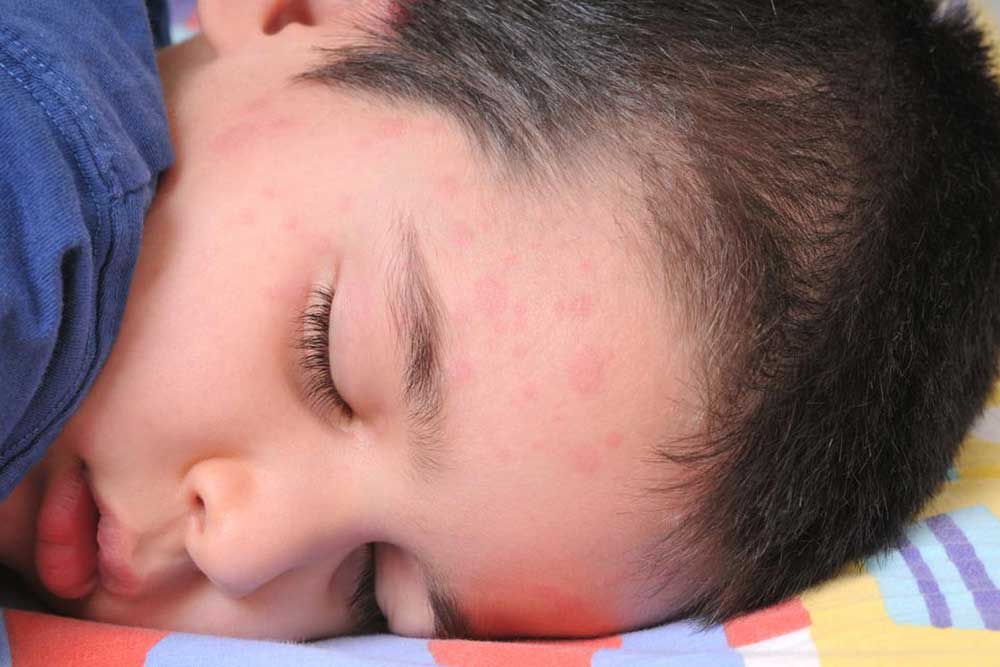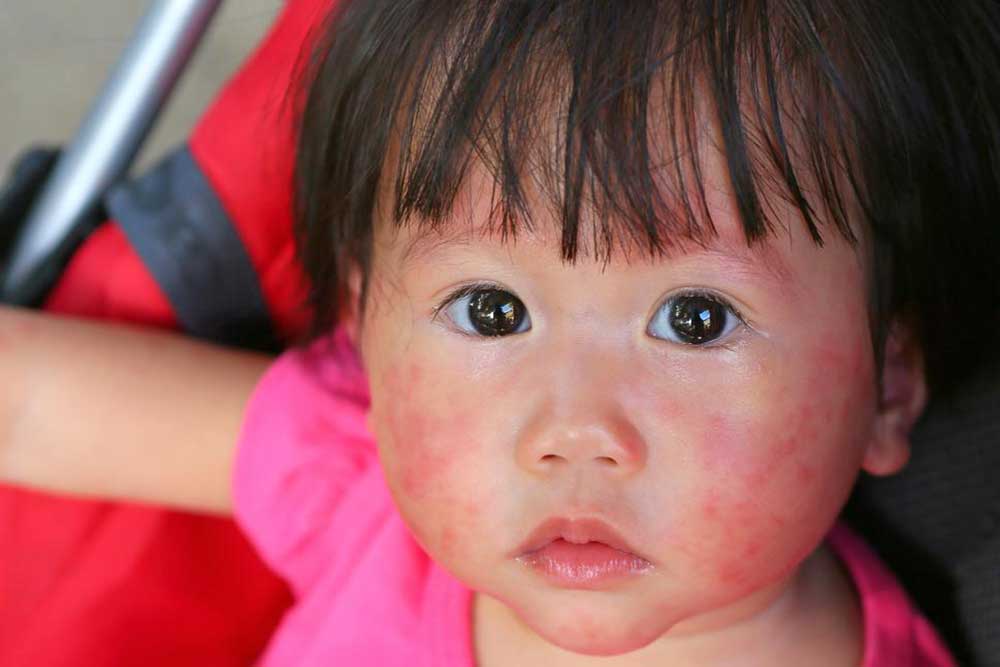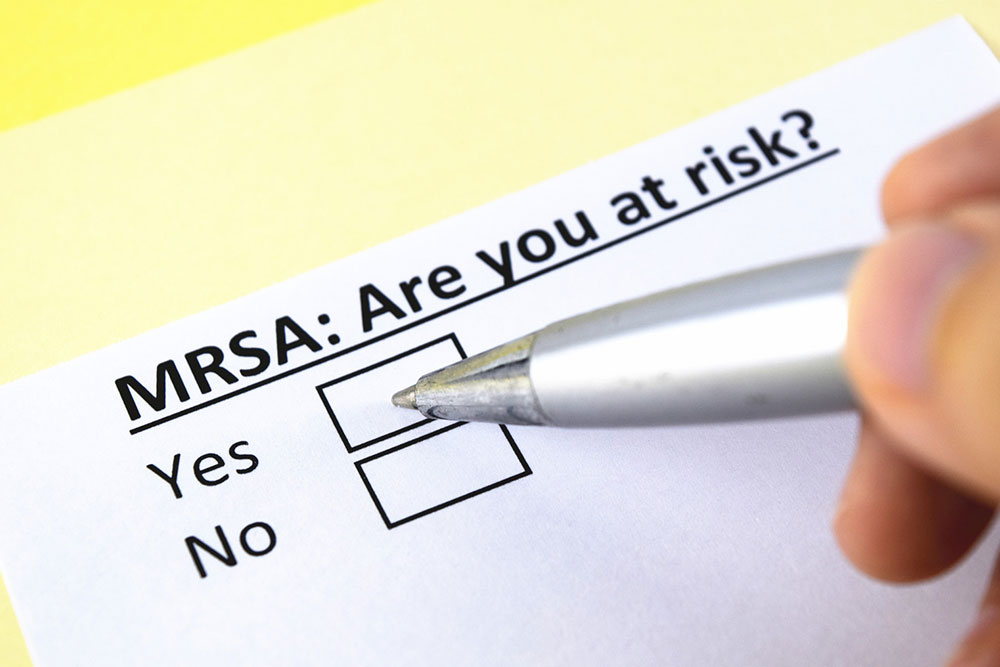Comprehensive Guide to Common Skin Rashes: Causes, Symptoms, and Recognition
This comprehensive guide explores the common causes of skin rashes, including infections, allergic reactions, and autoimmune conditions. It emphasizes the importance of recognizing visual symptoms with rash images for accurate diagnosis. Know when to seek medical help for persistent or severe rashes to ensure proper care. A detailed overview aids patients in understanding various skin irritations and their presentations, helping you identify your rash confidently and act promptly.
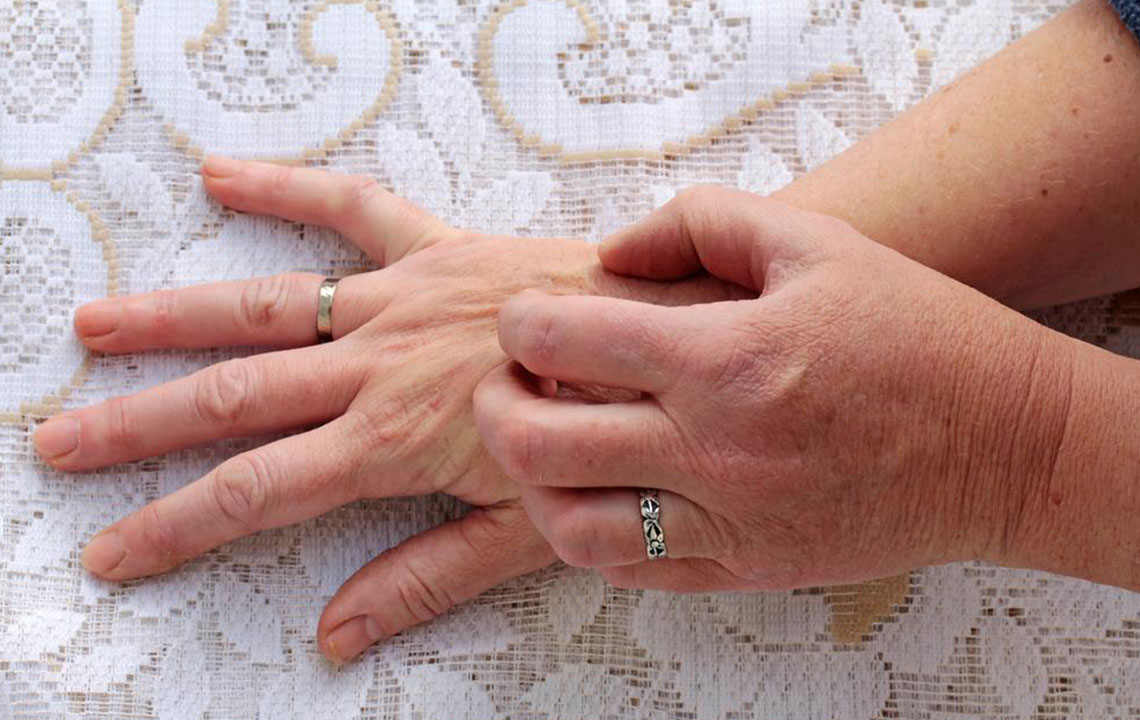
Skin rashes are a widespread health concern affecting individuals of all ages worldwide. They can be caused by a variety of factors, including infections, allergic reactions, autoimmune conditions, and environmental influences. Recognizing the specific type of rash is crucial for effective treatment and relief. Often, examining visual guides and images of different rashes can assist both patients and healthcare professionals in diagnosing the root cause accurately. In this comprehensive guide, we explore the primary causes of skin rashes, typical symptoms, how to identify them through images, and when to seek medical attention.
Understanding Skin Rashes
A skin rash manifests as a change in skin appearance, often leading to redness, swelling, bumps, blisters, or other irregularities. Rashes can appear suddenly or develop gradually, vary in severity, and may be localized or spread across large areas of the body. Certain characteristics of the rash—such as shape, color, texture, and distribution—can provide vital clues for diagnosis.
Common Causes of Skin Rashes
Understanding the underlying causes helps in managing and treating skin rashes effectively. Here, we delve into the most prevalent reasons behind skin irritations and how they present visually.
Insect Bites and Stings:
Reactions to bites and stings from insects like mosquitoes, spiders, bees, and wasps often cause localized rashes. These typically appear as itchy, red, swollen bumps. The intensity and appearance depend on the insect type and individual immune response. Recognizing these can help you determine if your rash is due to an external bite or sting.
Flea Bites:
Commonly seen in homes with pets, flea bites result in small, reddish, itchy spots usually clustered around the legs and ankles. They often appear in groups and may cause irritation and secondary infections if scratched excessively.
Atopic Dermatitis (Eczema):
A chronic, allergic inflammatory skin condition characterized by dry, flaky skin, intense itchiness, and redness. It often affects flexural areas like elbows and behind the knees. Visual images reveal rough, cracked patches and sometimes oozing lesions.
Fungal Infections such as Ringworm:
Ringworm, a common fungal infection, features circular, red, itchy patches with a clearer center, resembling a ring. It can spread through skin-to-skin contact or contaminated objects, and images often show well-defined, scaly edges.
Candidiasis:
A yeast infection primarily affecting moist areas like the groin, armpits, or under breasts. The rash presents as red, sore, burning, and irritated patches often accompanied by a whitish coating.
Viral Exanthems (Rashes caused by viruses):
Fifth Disease (Erythema Infectiosum):
Caused by parvovirus B19, symptoms include bright red cheeks resembling slapped cheeks, followed by a lacy, reticulated rash on limbs and trunk.
Shingles (Herpes Zoster):
Reactivation of the varicella-zoster virus results in painful, blistering rashes usually localized on one side of the body or face, following nerve pathways.
Measles:
Characterized by reddish-brown, blotchy rash starting on the face and spreading downward, often accompanied by Koplik spots in the mouth.
Impetigo:
A contagious bacterial skin infection common in children, marked by red, inflamed, crusted, or honey-colored sores.
Bacterial and Parasitic Infections:
Lyme Disease:
Transmitted through tick bites, it initially causes a distinctive bull's-eye rash called erythema migrans, often accompanied by flu-like symptoms.
Dengue Fever:
Spread by mosquitoes, early symptoms include high fever and widespread rashes, sometimes with skin patches and Petechiae.
Autoimmune and Chronic Conditions
Autoimmune disorders can also manifest through skin rashes:
Lupus:
An autoimmune disease where the immune system attacks healthy tissues, manifesting as a butterfly-shaped rash across the cheeks and nose, along with other systemic symptoms.
Scleroderma and Psoriasis:
These conditions involve thickening, scaling, and inflammatory changes in the skin, identifiable via characteristic visual patterns.
Other Causes and Factors
Dengue Fever and Mosquito-borne Rashes:
Early symptoms include subtle skin rash or patches that appear widespread, often accompanied by fever and muscle pain.
Environmental and Allergic Reactions:
Exposure to allergens like certain medications, foods, or chemicals can cause contact dermatitis, leading to red, blistered, or swollen skin.
Proper identification of skin rashes benefits greatly from visual comparison. Examining detailed images allows patients and clinicians to match symptoms accurately, facilitating early diagnosis and appropriate treatment. When a rash persists, worsens, or is accompanied by additional symptoms such as fever, pain, or difficulty breathing, seeking medical advice is essential.
In conclusion, understanding the diverse causes and visual cues of skin rashes empowers individuals to differentiate between minor irritations and serious health conditions. Utilizing online rash image resources can improve self-assessment accuracy, but professional medical evaluation remains crucial for effective management and treatment.

